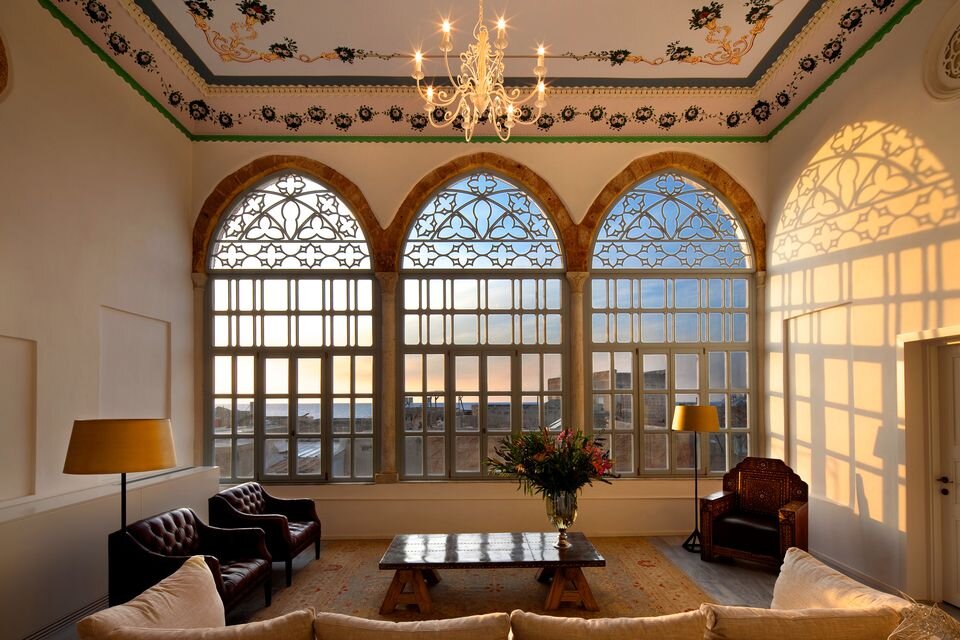Rent exemption to ease pandemic impact on private tourism businesses

TEHRAN – The Iranian government has approved a plan to exempt the private sector operating historical sites and monuments from paying tax until the end of the current Iranian calendar year (March 19, 2021) in a bid to mitigate the effects of the coronavirus pandemic.
“With regard to the coronavirus outbreak so many businesses in the tourism sector have been suffering financially so we proposed the government to grant rent exemption till the yearend [March 20, 2021],” tourism minister Ali-Asghar Mounesan said.
“Based on our calculations, the [impact of] virus pandemic has inflicted a loss of 12 trillion rials (some $2.85 billion at the official rate of 42,000 rials) since its outbreak till the month of Mordad (July 22-August 21) and it has also increased the number of unemployed in this sector.”
Late in August, Mounesan underlined that “people’s health is our first priority”, adding his ministry is in full coordination with the Ministry of Health for strictly implementing health protocols in travel destinations, hospitably centers, and museums, amongst others. Speaking in a radio program, he said that travels that are not within the framework of tours are highly probable to spread the coronavirus. This issue has prompted the Ministry of Health to ask people not to travel.
If the second wave of the coronavirus pandemic is contained, all the tourism businesses across the country will have the capacity to fully resume their activities both in domestic and foreign markets, Mounesan explained.
According to the tourism minister, 2,451 tourism-related projects worth 1,370 trillion rials (around $32 billion) are currently being implemented across the country that “signals a prosperous future for Iran’s tourism sector.”
Mounesan said the coronavirus pandemic should not bring traveling to a complete standstill. “Corona is a fact, but can the virus stop tourism? Certainly not. For us, the coronavirus is a new experience in dealing with crises that teaches tourism experts around the world how to deal with such a disaster, and thankfully governments are turning this into an opportunity for better planning.”
Over the past couple of years, tens of historical places and monuments have been similarly ceded to the private sector. Upon an initiative scheme, the Fund (known by its Persian acronym Saabta) provides the opportunity for privately-owned businesses to run certain old structures to be maintained and repurposed into hotels, traditional restaurants or lodging places. According to cultural heritage officials, this sort of investment seems to be attractive for private investors, because accommodation in [well-preserved] monuments is attractive for both domestic and foreign tourists.
The Ministry of Cultural Heritage, Tourism, and Handicrafts announced last December that of the numerous historical buildings and structures that are scattered across Iran, some 2,500 ones need restoration.
Iran expects to reap a bonanza from its numerous tourist spots such as bazaars, museums, mosques, bridges, bathhouses, madrasas, mausoleums, churches, towers, and mansions, of which 24 being inscribed on the UNESCO World Heritage list. Under the 2025 Tourism Vision Plan, it aims to increase the number of tourist arrivals from 4.8 million in 2014 to 20 million in 2025. The latest available data show eight million tourists visited the Islamic Republic during the first ten months of the past Iranian calendar year (started March 21, 2019).
AFM/MG
